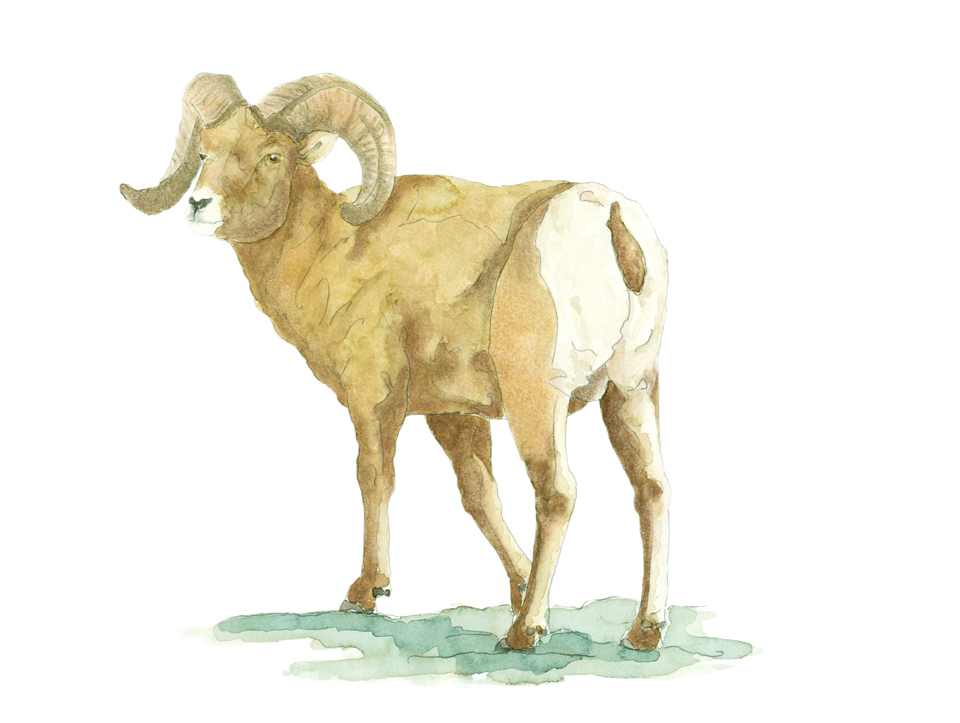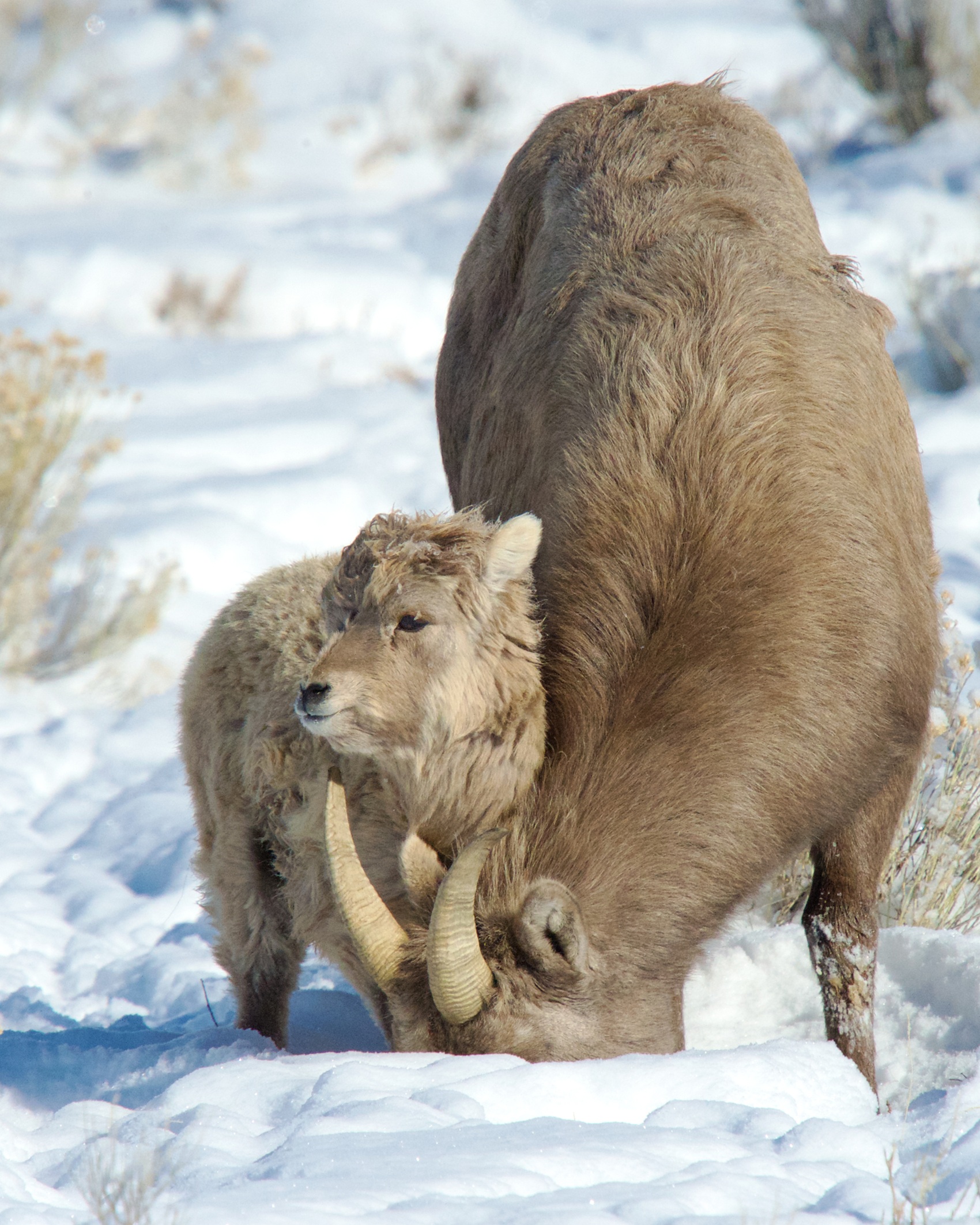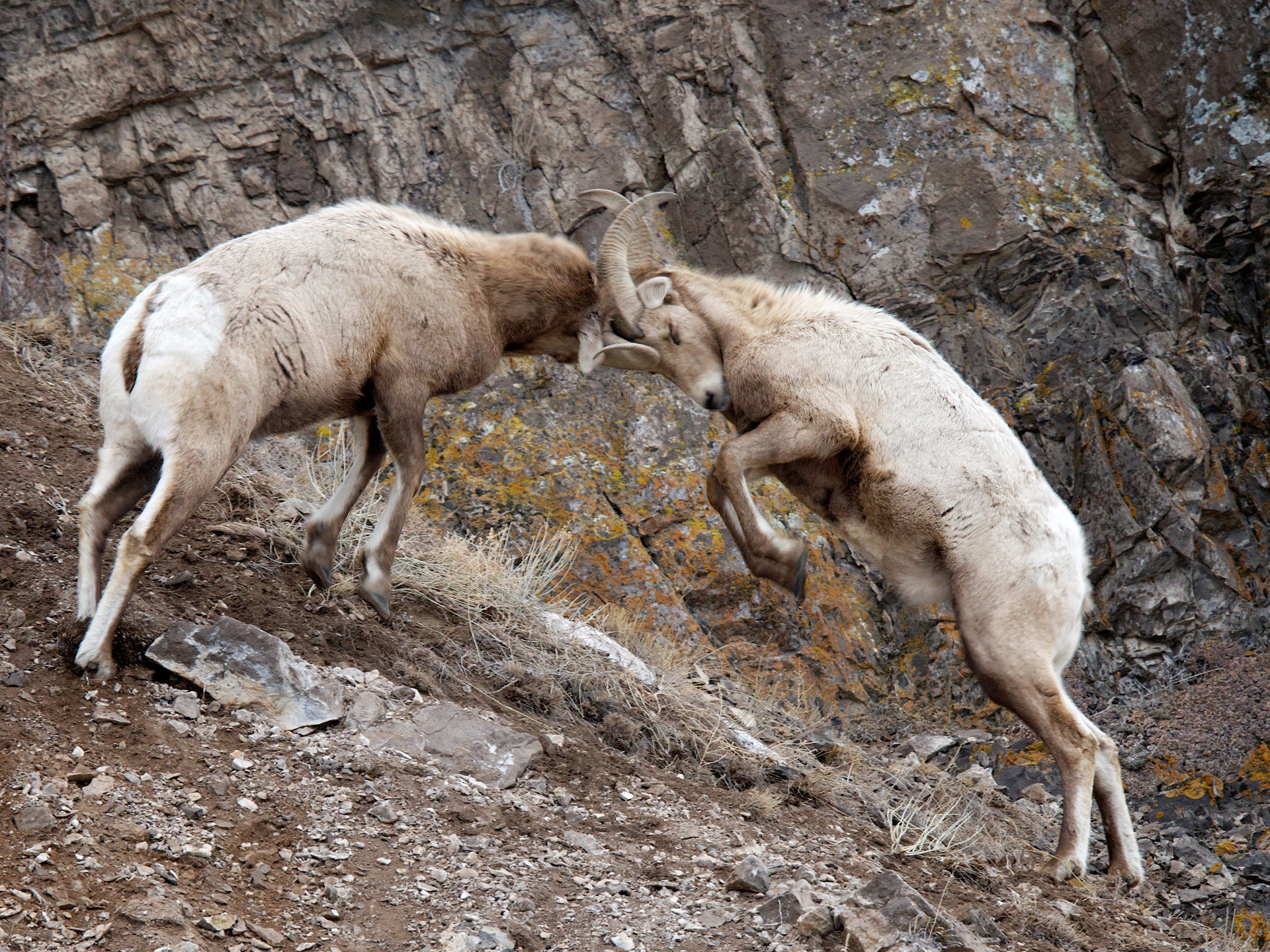Named for the ram’s large, curved horns, the Rocky Mountain Bighorn Sheep are found scrambling around the cliffs and high hills of the Greater Yellowstone Ecosystem. Females have horns as well, though they’re much smaller and more prong-like. The largest wild sheep in North America, these cousins of domesticated sheep live in large herds, and forage on grasses and small shrubs. Lambs are born in the late springtime, and typically only weigh around nine pounds.
Bighorn sheep rams fight for females (ewes) by clashing heads and their horns together. Rams’ horns can frequently exhibit damage from repeated clashes and they have specialized anatomy that help them to absorb the shock of jarring headbutts.
Males typically weigh 128 – 315 pounds with females 75 – 201 pounds but some Rocky Mountain Bighorn Sheep can weigh up to 500 pounds.
In the winter, bighorn sheep move to lower elevations where possible and graze on windswept south and west-facing slopes like are present on Miller Butte on the National Elk Refuge. Bighorn sheep require trace minerals in their diet for strong immune systems which is why they like to lick the salt from cars. All visitors to the National Elk Refuge are directed to discourage sheep from licking vehicles because they can also ingest other harmful chemicals and salt that imbalances their systems.




